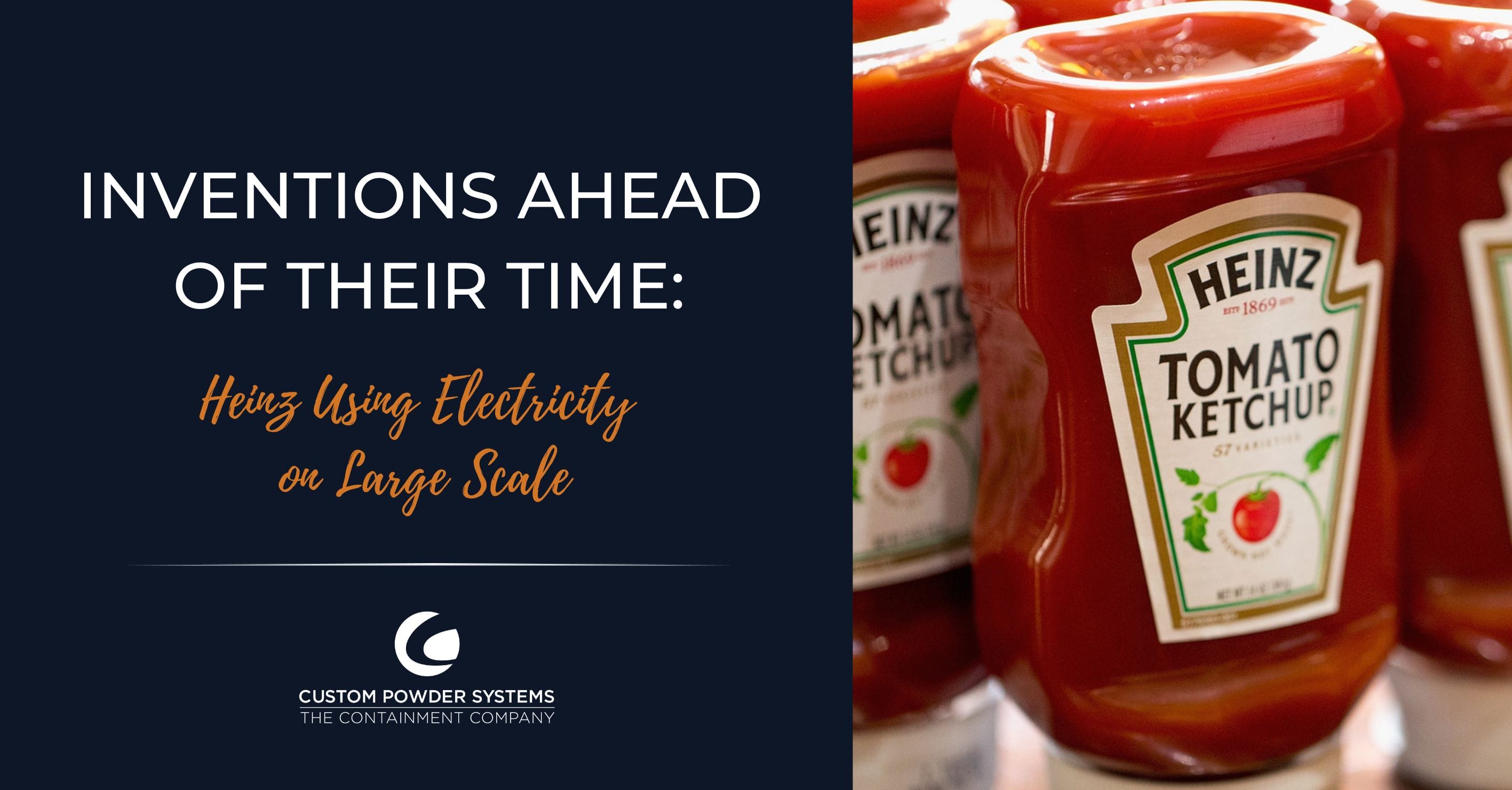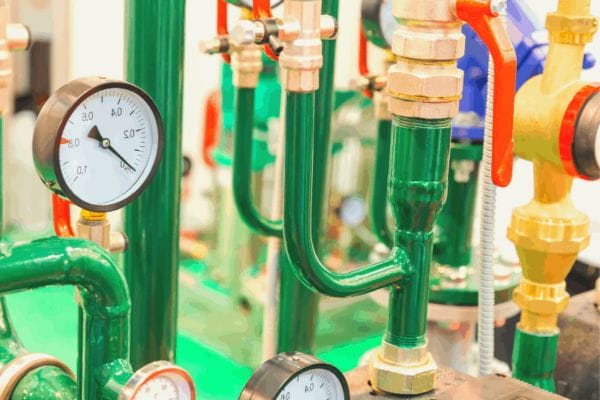Quick! What’s the first brand name that comes to mind when you think of ketchup? If you said anything other than Heinz, we’d be surprised. Heinz has been a beloved condiment brand for over 150 years, largely thanks to its continuous innovative use of efficient energy sources.
Heinz is a well-known global food company renowned for producing a wide variety of unique sauces and other condiments.
A little over a century ago, Heinz’s switch from steam power to electricity was a significant turning point for the company and the food industry as a whole, as it paved the way for further improvements in production processes and set the stage for the continued use of different forms of energy in the future.
Running on Manpower
When Heinz began its operations in 1869, it mainly relied on manual labor and steam power. This meant that much of the production process was done by hand, with workers performing tasks such as peeling, cutting, and cooking ingredients. Steam power was used to run equipment such as boilers and pumps, providing the necessary energy for production.
This method of operation was typical for food companies at the time, but it had several limitations. It was labor-intensive, time-consuming, and often resulted in inconsistent quality and output. As a result, businesses were eager to improve their operations and increase efficiency. The use of electrical power offered a solution to these challenges, and many companies, including Heinz, enthusiastically made the switch.
Operating with Electricity
While the move from steam power to electricity was an enticing prospect, it had to occur gradually over time. The process involved the installation of new and complicated electrical infrastructure, such as generators and power distribution systems, and procuring of new electrically-powered machines. The company also needed to train its workers on using the latest equipment and adjust its production processes to accommodate the changes.
Once the switch to electrical power was finally complete, Heinz began seeing positive results. By implementing the new tools and operating procedures, the company could effectively speed up its production processes, reduce the effort required for manual labor, improve the consistency and quality of its food products, and reduce overall costs. These results largely contributed to the company’s success and growth in its early years.
Moving to Renewable Energy
With the advent of new technologies, Heinz has continued to invest in state-of-the-art equipment and machines that consume less energy and generate less waste, such as using electric vehicles and other electric-powered equipment in its logistics operations. So far, this has helped improve supply chain efficiency and reduce the company’s carbon footprint.
As part of its commitment to becoming a more environmentally-responsible business, Heinz has also begun to take advantage of renewable energy sources, such as solar and wind power, to generate electricity for its production process. This has not only helped the company to reduce its emissions and dependence on fossil fuels but also its overall energy costs and has led to an improvement in the air quality in the communities in which it operates.
Since their initial switch from steam power to electricity in the early 20th century, Heinz has been a forerunner in implementing more efficient and effective processes. By embracing new technologies and renewable energy sources in recent years, the company has improved its operations and reduced costs and has effectively become a more environmentally conscious business. As a result, Heinz continues to be a leader in the food industry and a role model for other companies.
For more stories about impressive innovations in the food industry, check out Accidental Invention: Corn Flakes and Accidental Invention: Potato Chips.
To learn more about Custom Powder Systems and the art of engineering, sign up for our newsletter.







